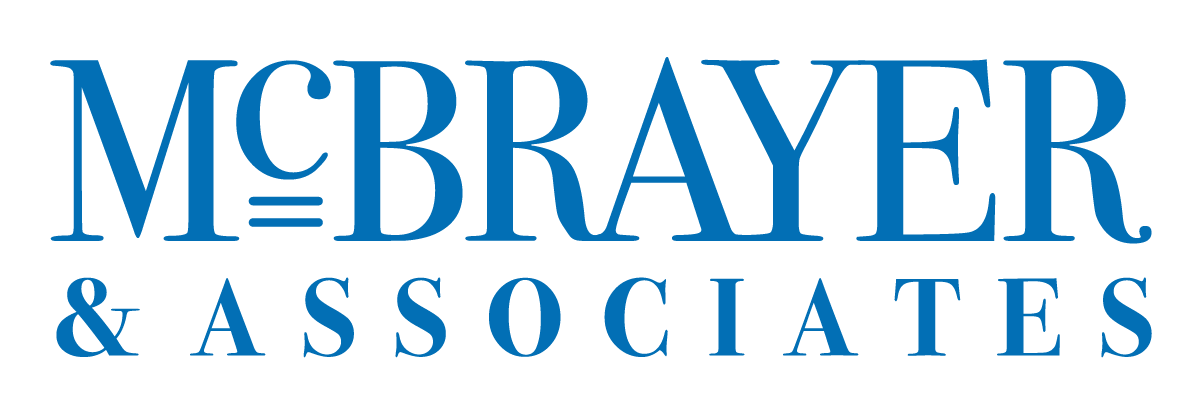What Sales Questions Should I Ask for Final Customer Conversion?

The things that we desire most earnestly, we believe in most easily. So when we ask our potential clients to talk about their goals, we are asking them to visualize their success. Because they want to succeed, this visualization can become almost real.
Psychiatrists tell us that we constantly move in one of two directions: we move either away from pain or toward pleasure. Pain is the bigger motivator than pleasure.
Many questions that we ask in the Middle of the Predictive Sales Funnel™ reveal the negative consequences of not solving a problem or obtaining a goal. Those types of questions steer prospective customers away from pain.
But what should the sales person ask to move the potential client toward business gain?
Desired Results Sales Questions
Though we first develop urgency by asking sales questions about problems and opportunities—and discover what our prospective customers don’t want—the salesperson should also ask to their prospective customer what they do want.
To learn how to navigate the Middle of the Predictive Sales Funnel™ from start to finish, click here for Program on Persuasion’s detailed eBook.
Desired Results Questions also create Urgency, but they do so by appealing to the pleasure principle.
When we think of traditional selling, we think of the Feature and Benefit model. The “Feature” is what the product or service actually does, and the “Benefit” is what it does for the buyer—the problem it solves or the goal it helps obtain. The one, huge downside to this approach is that it assumes all buyers want the same benefit. Not all buyers want the same benefits.
Our job, at this stage, is to help the potential client discover their desired benefit. The sales person should help them find out their Desired Results.
Once the prospect realizes their desired result, they usually want to know what it costs.
Develop the Business Relationship through Talking Return on Investment
Business decisions are usually made on a Return On Investment (ROI) performance. The easiest part to grasp is the “I,” or the investment: that’s how much it costs.
The investment is not only the cost of the prospective customers’ product, but the total cost of the solution, which includes implementation, the cost of change, the price and time of training, et cetera.)
The investment aspect is the part of the ROI equation that is easy for the buyer to understand, and it makes the potential client inclined to say no to change.
The harder part of the ROI equation is the return. The return answers the question, “What do I get for the investment?” Rather than the buyer guessing at what return s/he wants, the seller asks desired results sales questions to uncover how the prospective customer wants to benefit.
To learn how to get to this stage of the MOFU, click here for Program on Persuasion’s eBook on developing urgency.
Examples of Desired Results Question to Ask Customers:
In case your sales force is wondering what desired results sales questions look like, and how to phrase them so as not to damage the business relationship, here is a list of effective questions to ask at this stage:
- Is the problem worth fixing?
- How do you benefit by accomplishing your goal?
- What could you be doing if you didn’t have this problem?
- If the problem didn’t exist, how would your customers benefit?
- If accomplished this goal, would it provide a competitive advantage?
Conclusion
The Middle of the Predictive Sales Funnel™ is the hardest part to navigate, but the seller can further the business relationship by asking the right sales questions to his or her prospects. Desired results questions come at the end of this process, and they lead the potential client to ask you for a solution.
Photo by RawPixel.com.
